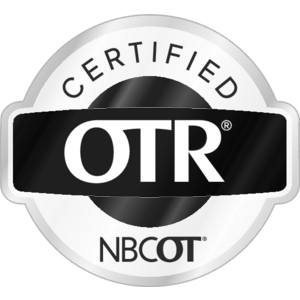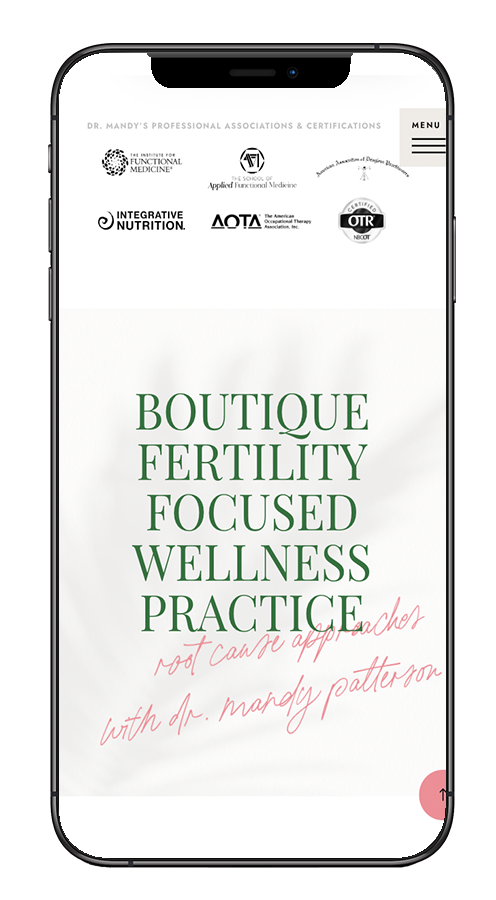Immune reactions to certain foods are on the rise. If you’ve ever dropped your child off at a school pizza party you know about food allergies. At some schools, peanuts aren’t even allowed in the classroom. Unfortunately, food allergies only encompass one part of the problem. The much bigger issue involves food sensitivity.
Oftentimes, my patients don’t even realize they need a food sensitivity test. But food sensitivity testing provides so much valuable information. It can help unearth the root cause of a health problem, pinpoint what exacerbates a certain symptom, and determine the best dietary supplements to take and which ones to avoid.
The information gained from a food sensitivity test will help you understand what treatment program will lead to better health outcomes. It may even explain why the protocol you’ve been using isn’t working.
Don’t get me wrong, an anti-inflammatory diet is great. That is unless you have a food sensitivity to half the foods you are consuming and this does happen more times than not in my own practice. A recent study in 2020 by Smith et al. assessed food sensitivities in the management of irritable bowel syndrome (IBS) and the benefits of the Elimination Diet. As a Holistic Health Coach, I use food sensitivity testing to help me uncover the root cause of your dis-ease and develop an effective treatment protocol which may include eliminating certain foods for a period of time to heal the gut.
In this article, you’ll learn all about how to test for food sensitivity and why I use the KBMO and ALCAT food sensitivity tests in my practice.
Food Sensitivity vs. Food Intolerance vs. Food Allergy
It’s important to break down the confusion around food sensitivity and food allergies. In fact, there are even food intolerances. These three categories are all unique. Here’s a brief explanation of each category.
Food Allergy
A food allergy results in a serious, life-threatening reaction. Food allergies appear almost immediately. Some of the symptoms include hives, trouble breathing, and swelling. Common food allergens are peanuts, shellfish, honey, or eggs.
Food allergies are the least common affecting only 1-5% of the population. They are also the most dangerous. A food allergy is defined as an IgE-mediated immune response that can lead to anaphylactic shock. This is a severe hyper-reaction of the immune system caused by a massive release of histamine and other chemical mediators from specific white blood cells called mast cells and basophils. Avoid foods you know you are allergic to at all costs.
Food Intolerance
Food intolerance while not fatal can be extremely uncomfortable. Food intolerances create digestive irritation with symptoms like bloating, gas, diarrhea, and abdominal pain. Actually, it has similar symptoms as food sensitivity. The difference is the reaction inside your body.
Food intolerance is caused by improperly digested food that begins to ferment inside the gut. One example of food intolerance is lactose intolerance. When you don’t produce enough natural lactase, the enzyme that helps to break down lactose that is found in milk, you will experience digestive discomfort.
To ease the symptoms of lactose intolerance you can take lactase enzymes, bile acids, or hydrochloric acid (HCL) OR avoid milk products as much as possible.
Food Sensitivity
Meanwhile, a food sensitivity is a delayed food allergy. Delayed reactions can affect any organ system in the body. They can take anywhere from 45-minutes to 3 days for symptoms to become apparent, which is very different from a true food allergy. Research is still ongoing on the clinical manifestation of how food sensitivities develop. We do know that low stomach acid can contribute to food sensitivities and that a leaky gut dynamic caused by stressors, the standard American diet, toxins, and the overuse of antibiotics and other medications play a factor as well. The delayed reaction of symptoms makes food sensitivity difficult to diagnose. That’s one reason food sensitivity testing can be helpful.
Common Types of Food Sensitivity Testing
If you’re still confused, food sensitivities are immune-mediated reactions to foods. There are a few common types of food sensitivity testing.
- IgG – An IgG test looks at IgG-specific antibody-mediated reactions. These are the body’s natural and normal defensive reactions to infiltrating food antigens. This is the most common type of food sensitivity test.
- IgG4 – This is a subclass of IgG testing. IgG4 indicates the presence of antibodies to foods that will not usually cause inflammation. It is useful when you are not showing any inflammatory reactions to food.
- IgA – These antibodies are found in mucous membranes, including the digestive tract. If IgA antibodies are elevated, this can indicate an immune response to mucosal irritation
Symptoms of Food Sensitivity
Symptoms of food sensitivity manifest themselves in different ways. They often overlap with other common medical diagnoses. That’s another reason it’s important to test for food sensitivity when looking for the root cause of your health problems.
Here are some of the common symptoms of food sensitivity:
- Autoimmunity
- Digestive upset
- Diarrhea and/or constipation
- Skin problems, like acne or eczema
- Headaches
- Fatigue
- Joint or muscle pain
- Nausea
These symptoms occur over time. In addition, a food sensitivity reaction can take 1-3 days to develop after you have eaten the offending food.
Potential Causes of Food Sensitivity
Why does food sensitivity develop? It’s a tricky question and research is still ongoing on the issue. However, we do know that disruptions to the gut microbiome like stress and the standard American diet are two potential causes of food sensitivity.
Other potential causes of food sensitivity include:
- Poor digestion, assimilation, absorption, and elimination
- Unbalanced gut flora and microbiome
- Overuse of medications, NSAIDS, steroids, and antibiotics
- Chronic stress or severe trauma
- Autoimmune disease
- Genetics (such as MTHFR)
- Toxin exposure to chemicals, molds, and heavy metals
Functional Medicine Labs to Test for Food Sensitivity
Testing for food sensitivity is critical because reactions can take so long to develop. I always tell patients to test, not guess. Here are my two favorite functional medicine lab tests for food sensitivity.
KBMO
The food sensitivity test offered by KBMO measures sensitivities to up to 176 different foods, coloring, and additives using the Food Inflammation Test, also known as the FIT Test. The multiple pathway approach allows you to look at not only food sensitivities but also inflammation and gut permeability all from one test. It is one of the most sensitive food tests available.
ALCAT
The ALCAT food sensitivity test can identify up to 400 different types of food intolerance and chemical sensitivities. It only requires one drop of blood. The ALCAT test measures the reaction of your body’s white blood cells when exposed to various types of food. This test is also helpful because it can be used for identifying a variety of negative immune system responses, not just for food sensitivity. For example, it can identify lactose intolerance, fructose intolerance, gluten sensitivity as well as hypersensitivity to chemicals or certain types of drugs.
Work with a Holistic Health Coach
In my practice, I use the KBMO and ALCAT food sensitivity tests to identify the root cause of your symptoms. You’ll discover what food triggers are holding you back from feeling your best. In addition to food sensitivity testing, you’ll receive a custom gut-healing plan based on the 5 R’s protocol.
Without a doubt, food sensitivity keeps you from experiencing optimal health. But, with a food sensitivity test and a personalized treatment plan you can achieve healing! Contact me here to get started!



















